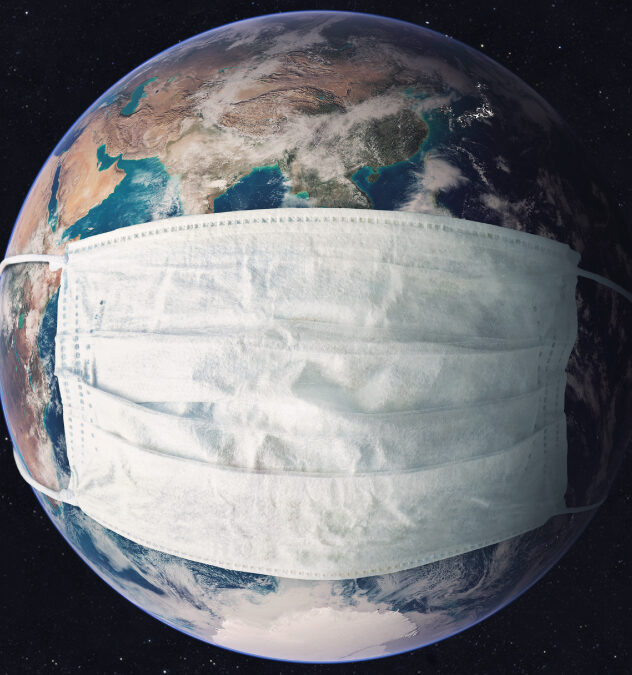
Climate welfare in a carbon-free economy
In the context of the CAPABLE project, a new research by CMCC, EIEE, Christian-Albrechts-Universität Kiel, Mercator Research Institute on Global Commons and Climate Change, Centre d’Economie de la Sorbonne and Paris School of Economics, titled “Multidimensional welfare indices and the IPCC 6th Assessment Report scenarios” examines climate scenarios from the latest IPCC reports. The study compares scenarios in terms of different factors that make up a multidimensional welfare metric, including energy, land-use, GDP, and air pollution.
Gross Domestic Product (GDP) remains the predominant measure of a country’s economic success, yet alternative metrics beyond GDP are increasingly garnering attention. In this paper, researchers delve into climate scenarios outlined in the latest IPCC report, assessing and comparing them through the lens of multidimensional welfare.
“We derive a welfare metric based on a welfare function approach, simple to apply, and intuitive,” says Emmerling, senior scientist at CMCC and an author of the study. “We apply a range of specifications of the welfare metric, aiming to derive robust rankings of climate policy targets that perform best in terms of the multidimensional welfare index.”
Specifically, besides GDP, the researchers include different factors, such as: temperature, nitrogen oxides (NOx) and Sulfur emissions as proxies for health impacts, food supply as a proxy for health impacts related to agriculture and food consumption, electricity production as an indicator of energy access and clean energy provision, forest cover as an index of biodiversity preservation.
The researchers rank alternative scenarios of the recent IPCC Sixth Assessment and test in which cases meeting more stringent climate targets improves welfare. They find that across many scenarios, welfare improves with lower global temperature, with a few, important exceptions.
“We find that keeping global warming below 1.5 or 2 degrees warming also performs best in terms of our multidimensional welfare metrics,” explains Emmerling. Only if we put a very high weight on food supply in the index, stringent climate change mitigation competes with higher global food supply.
Meeting more stringent climate policy targets generally improves human welfare in the medium and long-term, even when climate change mitigation hinders development in other dimensions of human welfare due to higher costs or income losses, but also for instance as food availability. Thus, efforts to reduce emissions are of utmost importance.
However, it is important to note that meeting stringent climate targets is often associated with afforestation and crops for bioenergy that compete with land use to secure food supply. This indicates that alleviating the trade-off between climate change mitigation and food supply is also crucial.
Finally, researchers show that GDP loss from stringent climate targets is a very narrow concept of policy costs. Only by adding the six other indicators, the relationship between target stringency and GDP reverses in most cases. This confirms the necessity to consider welfare beyond GDP.
“The transition from a cheap fossil-fuel based to a carbon-free economy is going to be costly. Therefore, expected GDP losses have been used as a prime argument to delay or avoid decarbonization,” explains Emmerling. “Yet, we find that even if we include GDP and other dimensions of welfare, maintaining the Paris Agreement goal of well-below 2 degrees turns out to be better than less stringent scenarios.”
Read the paper
Emmerling, J., Kornek, U., Zuber, S. (2024). Multidimensional welfare indices and the IPCC 6th Assessment Report scenarios, Ecological Economics, Volume 220, June 2024, 108182 – https://doi.org/10.1016/j.ecolecon.2024.108182







